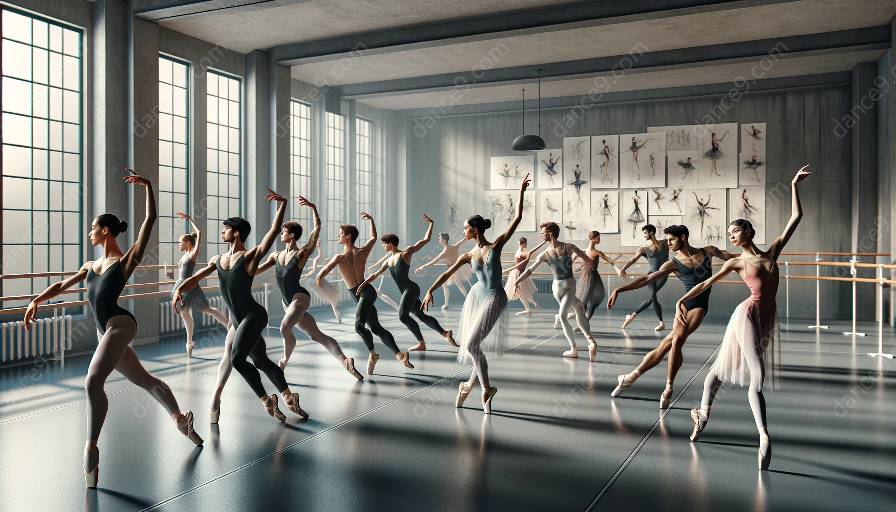Ballet choreography has long been a vehicle for artistic expression, evolving through history and theory to embrace innovation. From its historical roots, modern ballet continues to push boundaries and redefine artistic expression while remaining grounded in tradition.
Ballet History and Theory: Foundations of Choreographic Innovation
The origins of ballet can be traced back to the Italian Renaissance courts, where it evolved as a form of dance theater, blending music, movement, and storytelling. Over time, ballet choreography became structured around codified techniques, accompanying elaborate costumes, and intricate stage designs, establishing a strong foundation for artistic expression within the constraints of tradition and technique.
Evolution of Ballet Choreography
Ballet choreography has experienced significant evolution over the centuries. Innovations in technique, music, and thematic content have continuously expanded the boundaries of expression within ballet, challenging choreographers to create works that are both artistically innovative and rooted in ballet tradition. From the classical compositions of Marius Petipa to the radical choreographic language of George Balanchine, the evolution of ballet choreography has been marked by a constant quest for innovation.
The Influence of Artistic Expression on Ballet Choreography
Artistic expression is at the core of ballet choreography, driving innovation and pushing boundaries. Choreographers manipulate movement, space, and music to convey emotions, ideas, and narratives, offering audiences a deeper understanding of the human experience. The fusion of traditional ballet techniques with modern artistic expression has resulted in groundbreaking choreographic works that continue to captivate and inspire audiences worldwide.
Modern Innovations in Ballet Choreography
In the contemporary era, ballet choreographers are embracing innovation like never before. They are redefining the boundaries of movement, embracing interdisciplinary collaborations, and challenging traditional narratives to create works that resonate with today's audiences. Through the use of technology, unconventional music, and diverse cultural influences, modern ballet choreography is expanding the horizons of artistic expression while remaining true to its historical and theoretical roots.
Pushing Boundaries and Redefining Artistic Expression
Contemporary ballet choreographers are pushing boundaries and redefining the limits of artistic expression. They are exploring new avenues of movement, addressing relevant social and political issues, and engaging with diverse forms of expression. Through their innovative approach, they are propelling ballet choreography into the future, shaping it as a dynamic and relevant art form that reflects the complexities of the modern world.
The Intersection of Innovation and Tradition
Despite embracing innovation, modern ballet choreography remains deeply rooted in tradition. The principles of classical ballet, such as turnout, extension, and line, continue to serve as the foundation for inventive choreographic exploration. By honoring tradition while embracing innovation, contemporary ballet choreographers are enriching the art form with fresh perspectives, establishing a dynamic dialogue between the past and the present.
Conclusion
Innovation in ballet choreography is a dynamic, ever-evolving force that shapes the art form's historical narrative, theoretical framework, and artistic expression. From its historical roots to contemporary reinventions, ballet choreography remains a powerful vehicle for creative exploration and storytelling, bridging tradition with modernity and offering audiences a rich tapestry of artistic expression.





























